Neo-expressionism, mainly based on the German Expressionist movement, spread throughout Europe and the United States.

Image source: https://alchetron.com/Neo-expressionism
Neo-Expressionism Architecture
Neo-Expressionist Architecture is linked to some unique structures, and it is the style of many large public buildings, like museums and concert halls. Moreover, expressionist architects wanted buildings to evoke feelings or emotions. Thus, the style of architecture is subjective and easier to define in four points:
- Avoids geometric rigor
- Abandons rules of prior styles
- Highly personal pieces
- Unique works of the creators
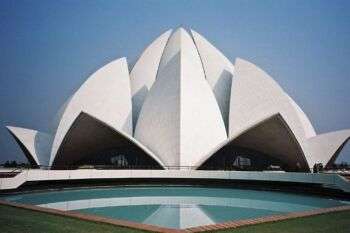
Image source: https://search.creativecommons.org/photos/9b52ee4f-047c-413b-ae53-cc260292e24e by Peking.Duck
Masters of Neo-Expressionism
Eero Saarinen started his career as an apprentice under his father. Later, his most important commission, the TWA Flight Center, is the apex of his previous works and a demonstration of his technical abilities.
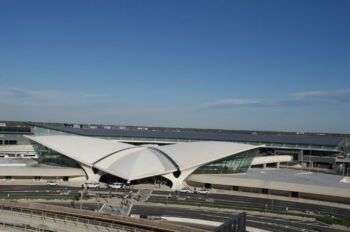
Image source: https://search.creativecommons.org/photos/159d9a45-cffd-4415-942c-68f9e41e529e by Kai Brinker
Dame Zaha Mohammad Hadid is the queen of contemporary iconic architecture. She was the first woman to receive the Pritzker Architecture Prize, in 2004. Additionally, Hadid’s designs are characterized by their dynamic formal qualities of curving lines. Further, one of her famous works is the MAXXI in Rome.
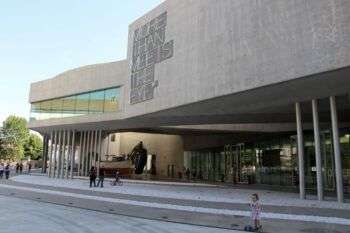
Image source: https://search.creativecommons.org/photos/fe19a1cd-c0e7-4e50-b4fc-9b2ed11dbee8 by corno.fulgur75
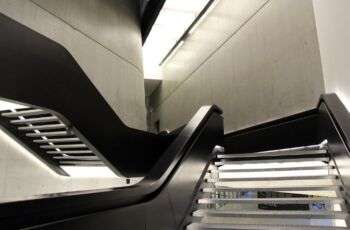
Image source: https://search.creativecommons.org/photos/624a286c-b6e0-481d-9fd1-244ec0041c39 by corno.fulgur75
Neo-Expressionist Painting
Neo-Expressionism spread throughout Germany, where new generations felt the need to distinguish themselves from the horrors of the Holocaust. Thus, the style returned to figuration in expressive, gestural, and sometimes brashly aggressive art pieces.

Image source: https://www.schultzberlin.com/de/news/neo-expressionism-german-art
Neuen Wilden
Neuen Wilden, or the “New Savages,” was a group of German expressionist painters active in the eighties in Berlin, Germany. Additionally, the most relevant cities for the movement were Berlin, Hamburg and Cologne. Sometimes the term is also employed with international Neo-expressionism. Usually, the word describes a group of younger artist, followers of a “screaming” and gestural painting, with violent and dissonant tones.
![Nachtessen in Dresden [Supper in Dresden] by Georg Baselitz, 1983.: A blurry painting of four men spread throughout the photo, they look scared, upset and are shown in bright colors with expressive faces.](https://www.idesign.wiki/wp-content/uploads/2017/02/7-1.jpg)
Image source: https://www.theguardian.com/books/2007/sep/22/art.art by (Norman Rosenthal,The Guardian,
Italian Neo-Expressionism
In 1979, Italian art critic and curator Achille Bonito Oliva created an introduction for an exhibition he organized in the town of Genazzano. Titled “Le Stanze,” the show hosted a small group of young painters whose works resembled the Expressionist painting at a time when conceptual art ruled the art-world. In addition, Oliva described the pieces included as “Transavanguardia.”
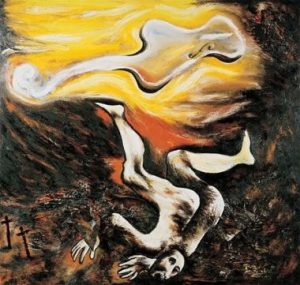
Image source: https://en.wikipedia.org/wiki/Enzo_Cucchi#/media/File:’Musica_Ebbra’,_painting_by_Enzo_Cucchi,1982.jpg

Image source: https://www.chegg.com/flashcards/neo-expressionism-1a85c4e1-603f-4da9-8549-b92be517a50b/deck
Info source:
